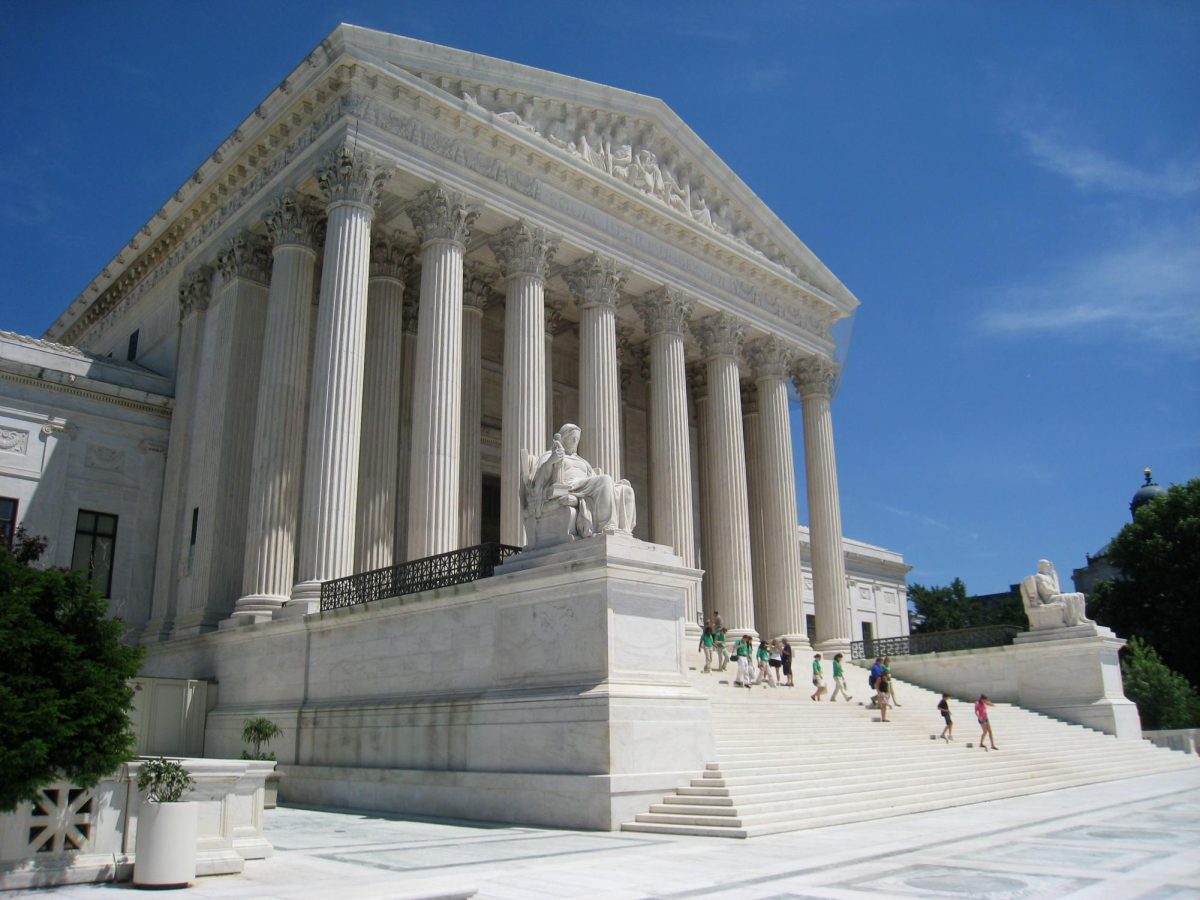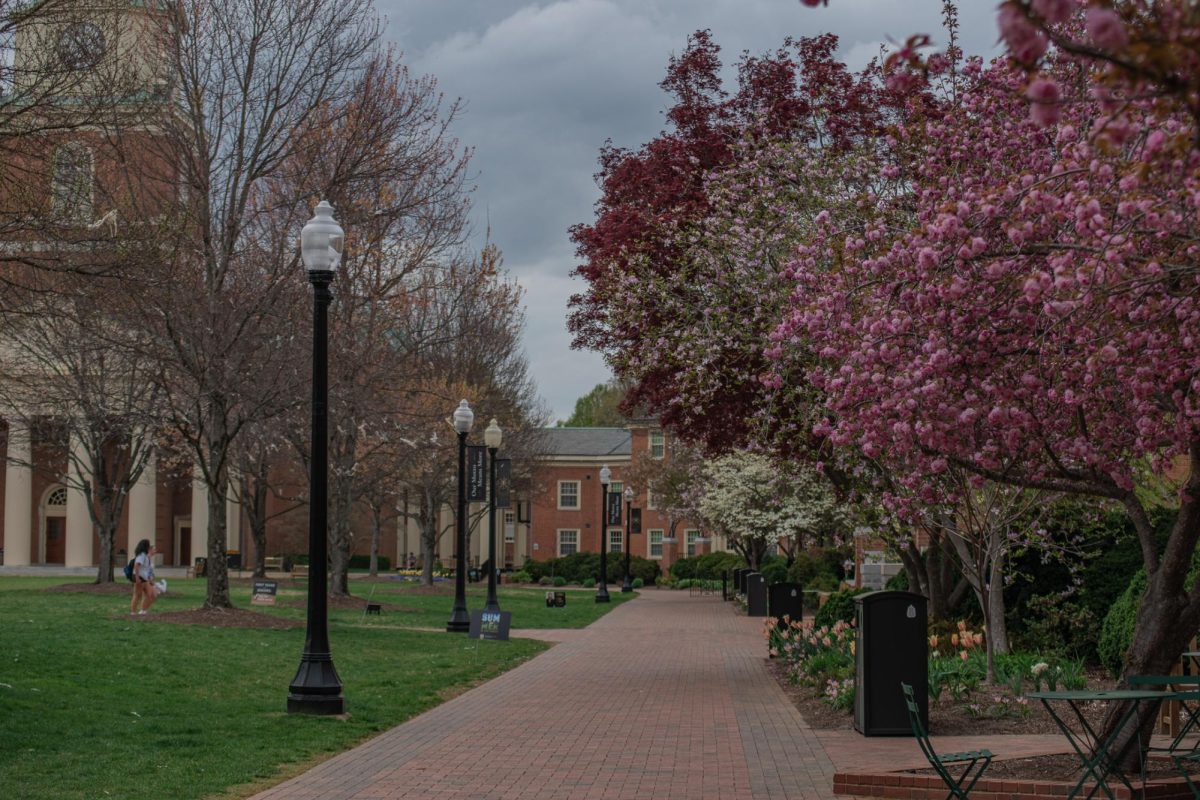In a 6-3 ruling in Students for Fair Admissions v. University of North Carolina and a 6-2 ruling its corresponding case, Students for Fair Admissions v. President and Fellows of Harvard College, the Supreme Court effectively ended affirmative action and ruled that race-based admissions were unconstitutional.
Though the ruling was handed down under a month ago, the decision has already been hailed by some conservatives as the pinnacle of equality in the modern age. This has much to do with the idea that affirmative action, as it is implemented in college admissions processes, gives unqualified applicants favor due to their race.
However, thinking that this SCOTUS ruling will contribute to eliminating racial discrimination in any way, shape or form is interestingly akin to thinking that the Earth is flat. Not only is it egregiously incorrect, but it is an incredibly one-dimensional interpretation of a complex issue and contains much more depth than the idea that colorblind legislation could solve America’s revoltingly long history of systemic racism.
Chief Justice John Roberts delivered the majority opinion, to which the five other conservative justices of the court signed on, and an incredibly warped interpretation of the Equal Protection Clause of the 14th Amendment.
“The clear and central purpose of the Fourteenth Amendment was to eliminate all official state sources of invidious racial discrimination in the States,” Roberts said, quoting Chief Justice Earl Warren’s majority opinion from the 1967 case Loving v. Virginia, which legalized interracial marriage in the United States.
“[Many universities] have concluded, wrongly, that the touchstone of an individual’s identity is not challenges bested, skills built or lessons learned but the color of their skin. Our constitutional history does not tolerate that choice.”
The first mention of affirmative action in U.S. law comes from former President John F. Kennedy’s Executive Order 10925. Over the course of the decade under Kennedy and former President Lyndon B. Johnson, a series of orders were issued aimed at broadening the scope of civil rights within the United States and eliminating the stringent racial segregation that prevailed in the Jim Crow era.
As indicated by Professor Jonathan K. Stubbs from Richmond School of Law, this followed a period of almost holistic segregation. Black Ground Infantry soldiers (GIs) returning home after World War II found themselves barred from attending the same institutions of higher education that welcomed returning white GIs, including former President H.W. Bush, under the GI Bill of 1944.
This illustrates a principle reason why affirmative action continues to be integral to the pursuit of true equity: African American applicants have only been present in the applicant pool of these educational institutions for a little over 50 years. Yet SCOTUS operates under the deluded presumption that this is sufficient in offsetting more than three centuries of slavery and segregation that has created an insidious brand of systemic racism.
“The flagship educational institution of a former Confederate State has embraced its constitutional obligation to afford genuine equal protection to applicants,” Justice Ketanji Brown-Jackson wrote in her dissent from the UNC opinion. “Surely that is progress for a university that once engaged in the kind of patently offensive race-dominated admissions process that the majority decries.”
Brown-Jackson aptly points out that the SCOTUS majority opinion fails to acknowledge the history of segregation that made affirmative action a necessity. She also points out that it fails to acknowledge the pervasiveness of that same racism that continues to give credence to practices of affirmative action today.
“The race-based gaps that first developed centuries ago are echoes from the past that still exist today. By all accounts, they are still stark,” she wrote.
A 2019 report from the non-profit organization EdBuild found that predominantly white school districts within the United States received approximately $23 billion more than districts predominantly serving students of color, despite serving the same numbers of students. This is further evidence that America’s political institutions continuously fail to acknowledge the nation’s history.
Less than a century ago, the federal government color-coded maps of more than 200 cities and towns and ranked them on a scale of “A” through “D” in order to determine which neighborhoods should offer homes with government-insured mortgages in order to boost homeownership. It is unsurprising that most of the “D” ranked neighborhoods — the ones lacking investment — were primarily Black. The public education system in the United States today continues to be funded by state sources, property taxes, local sales and income taxes, and in the aftermath of redlining, the very existence of this system is explicitly racist itself.
“From those markers of social and financial unwellness flow others,” wrote Justice Brown-Jackson. “In most state flagship higher educational institutions, the percentage of Black undergraduates is lower than the percentage of Black high school graduates in that State. Black Americans in their late twenties are about half as likely as their White counterparts to have college degrees.”
Yet, Roberts and the majority argue that affirmative action was never meant to be a lasting solution in the first place. They bring up the temporary nature of affirmative action as was outlined in the 2003 case Grutter v. Bollinger. Essentially, affirmative action is only necessary until “meaningful representation and meaningful diversity” can exist without “race-based admissions programs.”
Considering the fact that SCOTUS has decided affirmative action is no longer necessary, it is unclear as to whether they genuinely believe racism has come to an end in the United States. Maybe they think it was ended by the Voting Rights Act in 1965. Or maybe they think racism was done away with in 1863 with the Emancipation Proclamation. Assuming ignorance on their behalf is only somewhat more comforting than the baleful reality — they are simply at peace with removing a function that aims to somewhat equalize an unjust system.











Jeff • Sep 7, 2023 at 3:30 pm
In terms of raw numbers there are more poor white people in the United States than any other race. Why should they be excluded from college admission because of their skin color? That is pure racism.
As Justice Roberts said in his opinion which supported the Supreme Court decision “In order to eliminate racism we must eliminate all racism.”
Anonymous • Jul 26, 2023 at 12:35 pm
I respect your opinion, but you should provide more convincing evidence to support your claim that SCOTUS removed affirmative act because they are ignorant.